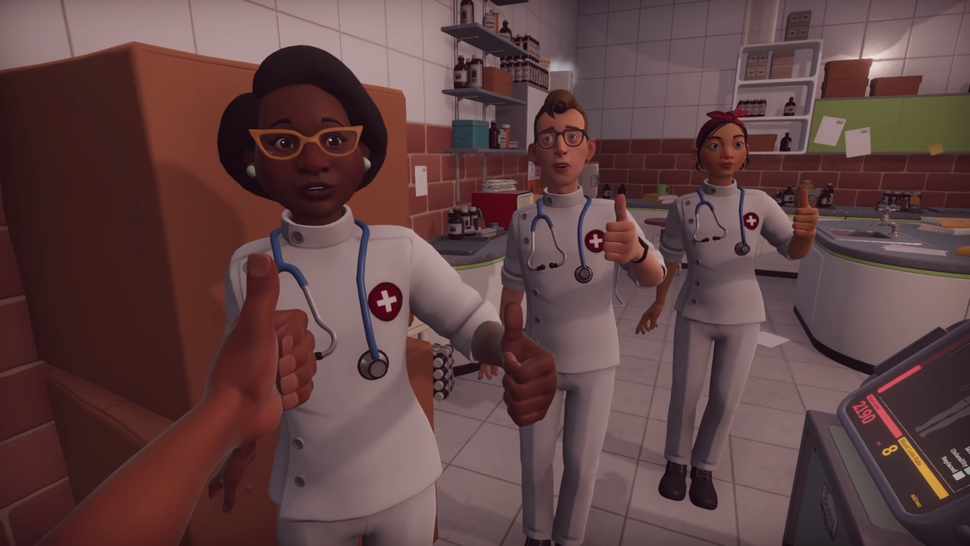

The models of Violet’s unusual skull allowed Dr.
#Surgeon simulator 2 loading forever full
Weinstock is convinced it has prevented many - it has paid for itself and its $400,000 3-D printer, running nearly full time in the hospital’s basement. If the nearly two-year-old program has prevented even one major medical error - and Dr. He believes it also shortens patients’ time under anesthesia. At Children’s and a dozen other pediatric centers around the world, he says, the surgical simulation program he developed improves team communication and trust, and lifts confidence before extremely complex operations. Weinstock, the director of the Pediatric Simulator Program at Boston Children’s, sees 3-D models as part of a larger program to improve surgical craft. A Utah boy’s life was saved last year by a 3-D-printed plastic splint that propped open his windpipe.ĭr. So far, researchers have also printed blood vessels, simple organs and bits of bone. The same process can also print layers of human cells. It adds a second layer, and then another, and a skull or rib cage - or whatever the surgeon dials up - slowly emerges. He is the former director of the applied imaging science lab at Brigham and Women’s Hospital, a few blocks from Boston Children’s.įor now, the printer extrudes a layer of liquid plastic instead of ink. Rybicki, chief of medical imaging at the Ottawa Hospital and chairman and professor of radiology at the University of Ottawa. “There’s no doubt that 3-D printing is going to be disruptive medicine,” said Dr. Someday, doctors hope to print replacement body parts. Hospitals are also printing training tools and personalized surgical equipment. Such 3-D-printed models are transforming medical care, giving surgeons new perspectives and opportunities to practice, and patients and their families a deeper understanding of complex procedures. Then he was able to cut and manipulate the plastic model to determine the best way to push her eye sockets more than an inch closer together. Meara to rotate the model skull in directions he could not manage with a picture and would not attempt with a patient on the operating table. Three more 3-D printouts closer to the operation allowed Dr. That first model helped him to decide what might need to be done and to discuss his treatment plan with her family.


 0 kommentar(er)
0 kommentar(er)
